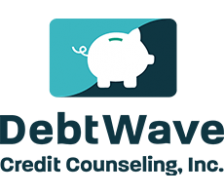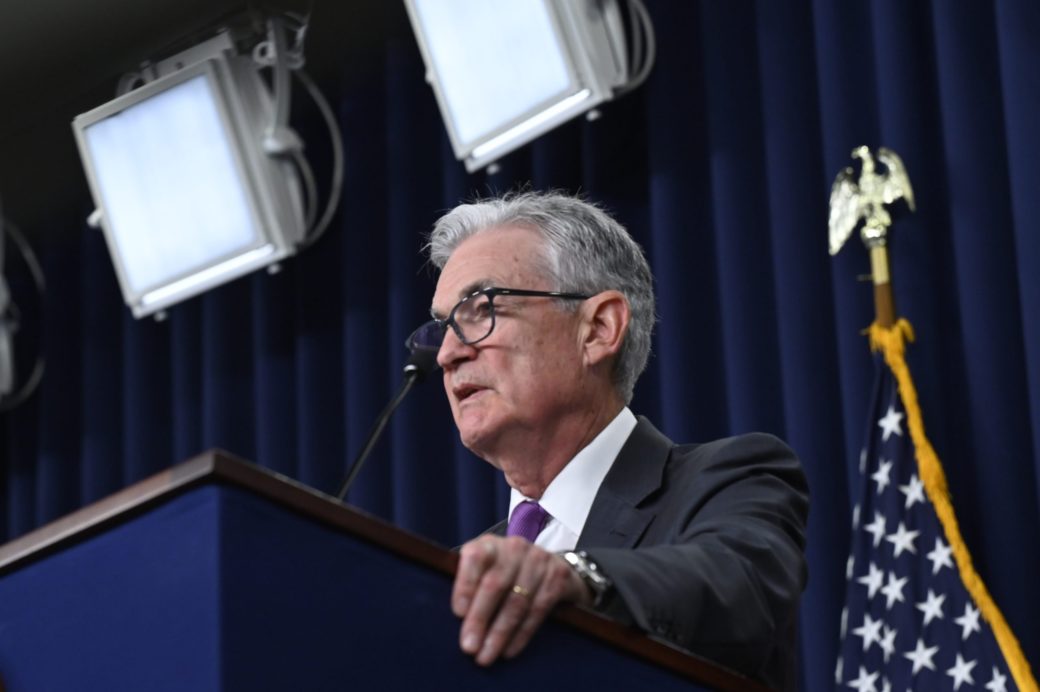At the end of the Federal Reserve’s July 2023 meeting, the Federal Open Market Committee (FOMC) announced interest rates would increase by an additional 25 percentage points, putting interest rates between 5.25 and 5.50 percent.
The Fed’s decision to increase interest rates means interest rates are now at their highest level since 2001 and increases the cost of borrowing money for consumers and businesses alike, particularly when it comes to credit card debt, auto loans, and mortgages.
With the Fed raising interest rates at 11 of its last 12 meetings, pausing hikes at its June 2023 meeting, interest rates are now their highest in 22 years as the Fed attempts to lower inflation to its 2 percent target rate.
Although inflation has declined year-over-year, down from 9.1 percent in June 2022 to 3 percent in June 2023, there are key categories of consumer-focused categories, excluding volatile food, energy, and housing costs, that are still hovering around 4.6 percent interest, according to calculations from the Federal Reserve Board of San Francisco.
“Inflation remains stubbornly high,” Greg McBride, senior vice president and chief financial analyst for Bankrate, told NBC News. “The economy has been remarkably resilient, the labor market is still robust, but that may be contributing to the stubbornly high inflation,” he said. “So, Fed has to pump the brakes a bit more.”
Fed Raises Interest Rates to 22-Year High
After announcing the interest rate increase, Federal Reserve Chairman Jerome Powell said, “The process of getting inflation down to 2 percent has a long way to go,” leaving room open for additional interest rate hikes at the FOMC’s remaining scheduled meetings this year in September, November, and December.
While Powell acknowledged the central bank has made no decisions about any future rate increases, Powell noted that core inflation is “still quite elevated” and hinted at interest rates rising possibly two more times before the end of 2023.
Given the FOMC doesn’t meet in August, at its next meeting in September, the committee will have a lot more data in hand when making a decision on whether to raise interest rates, such as two more inflation reports, two reports on hiring and unemployment, and updated figures on consumer spending and wages.
“The (Federal Open Market) Committee will continue to assess additional information and its implications for monetary policy,” the Fed said.
As it stated in June, the Fed said it would continue to watch incoming data and study the impact of its rate hikes on the economy “in determining the extent of additional policy firming that may be appropriate” to reach its 2 percent inflation target.
“I think the message they wanted to send is that things are moving in the right direction, but we need to wait and see,” economist Raghuram Rajan, former head of India’s Central Bank and professor at The University of Chicago’s Booth School of Business told NPR.
“Rather than, ‘We’re done,’ they’re waiting to see how the economy reacts and then deciding how much more medicine it needs,” he says.
Now that things are moving in the right direction, says Rajan, the Fed probably doesn’t want to take its foot off the brake and risk inflation getting out of control.
“The Fed was lulled into believing that inflation was short-lived in 2021,” Diane Swonk, KPMG chief economist, told Fox Business. “Then inflation reversed course and rose. … They don’t want another head fake by declaring victory too soon; they have already eaten crow on that.”
While consumers with credit card debt, auto loans, and mortgages, many of whom are living paycheck-to-paycheck, may now have to pay higher interest payments with this latest increase, the Fed announced some good news too. Powell shared that the central bank no longer expects a recession in 2023 as a result of the interest rate increases.
When the Fed first began raising interest rates, the cost of borrowing money increased for both businesses and consumers. As the cost of borrowing increases, consumers spend and buy less, which forces companies to lower prices because there are fewer buyers. While this strategy helps lower inflation, it can also lead to a recession because when companies have fewer buyers, they make less money, which often leads to layoffs.
How This Latest Rate Increase Affects Your Money
1. Record High Credit Card APR’s
Since most credit cards have a variable interest rate, there’s a direct connection between the Fed’s benchmark and the interest you pay on your credit card. In other words, as the federal funds rate rises, the prime rate increases as well, and credit card rates follow suit within one or two billing cycles.
The average credit card rate is now at an all-time high of more than 20 percent, and nearly half of credit card holders carry credit card debt from month to month, according to a Bankrate report. With this latest rate increase, credit card users are expected to pay an additional $1.72 billion in interest charges over the next 12 months, according to an analysis by WalletHub.
If you are struggling to pay off high-interest credit card debt, now is the time to work on lowering your debt balances by contacting a nonprofit credit counseling organization like DebtWave Credit Counseling.
You can start your journey to financial freedom online or contact one of DebtWave’s certified credit counselors for a complimentary budget analysis here.
2. Auto Loans
If you already have an auto loan, it’s unlikely this latest increase will affect your monthly payment. But if you’re in the market for a new or used car, expect to pay a higher interest rate and monthly payment.
The average rate on a five-year new car loan is already at 7.2 percent, the highest in 15 years, according to Edmunds. And not only is the interest rate on auto loans increasing, the price for all cars continues to increase as well. Paying an annual percentage rate of 7.2 percent instead of last year’s 5.2 percent could cost consumers $2,278 more in interest over the course of a $40,000, 72-month car loan, according to data from Edmunds.
“The double whammy of relentlessly high vehicle pricing and daunting borrowing costs is presenting significant challenges for shoppers in today’s car market,” said Ivan Drury, Edmunds’ director of insights.
3. Mortgage
Homeowners who already have a fixed 15- or 30-year mortgage won’t be affected immediately by the latest interest rate hike. However, anyone shopping for a new home is likely going to have to pay a higher mortgage rate, which could significantly lower their purchasing power.
The average rate for a 30-year, fixed-rate mortgage currently sits near 7 percent, according to Freddie Mac, which adds roughly $11,160 more over the life of a 30-year home loan, according to WalletHub’s analysis.
For those with an adjustable-rate mortgage or a home equity line of credit, they could see monthly payments increase.
4. Student Loans
A majority of student loans are fixed, meaning most student loan borrowers are not immediately affected by the Fed’s interest rate increase. However, undergraduate students taking out new direct federal student loans will pay an interest rate of 5.50 percent compared to 4.99 percent in the 2022-2023 academic year.
Also, those with private student loans with a variable rate will also see monthly payments increase as they begin to pay more in interest each month.
5. Savings Accounts
Higher interest rates don’t always mean consumers are paying more; sometimes, higher interest rates are a way for consumers to earn more. With interest rates at a 22-year-high, consumers who are able to put away money in a savings account are seeing higher returns on that savings than they have in years.
The savings account rates at some of the largest retail banks are up 0.42 percent on average, with some online savings account rates now at more than 5 percent, according to Bankrate.
In other words, if you can afford to set aside money in a savings account, now would be a great time to lock in that higher savings account rate



[…] announced interest rates would remain as is at least for now. Interest rates are currently at a 22-year record-high rate of 5.25 – 5.50 percent, up from nearly zero percent in March 2022 as the FOMC attempts to […]
[…] rates are currently at a 22-year record-high rate of 5.25 – 5.50 percent, up from nearly zero percent in March 2022 as the FOMC attempts to combat […]